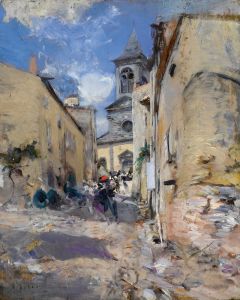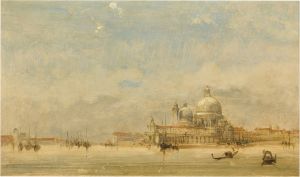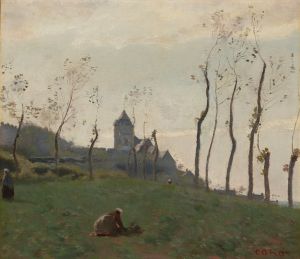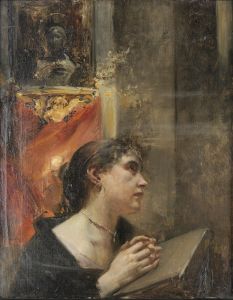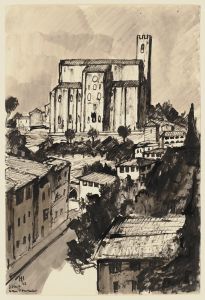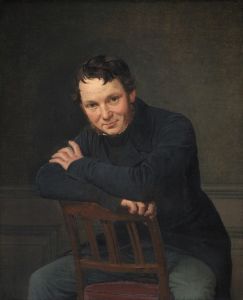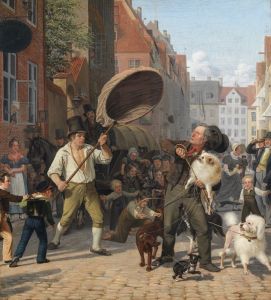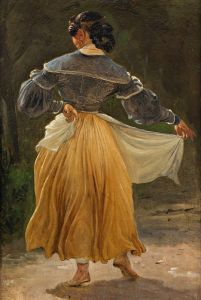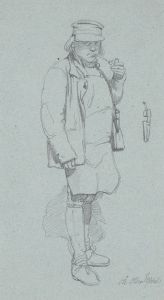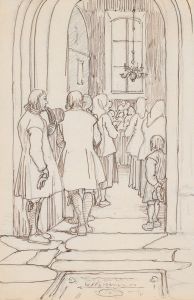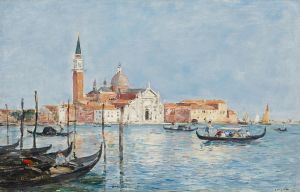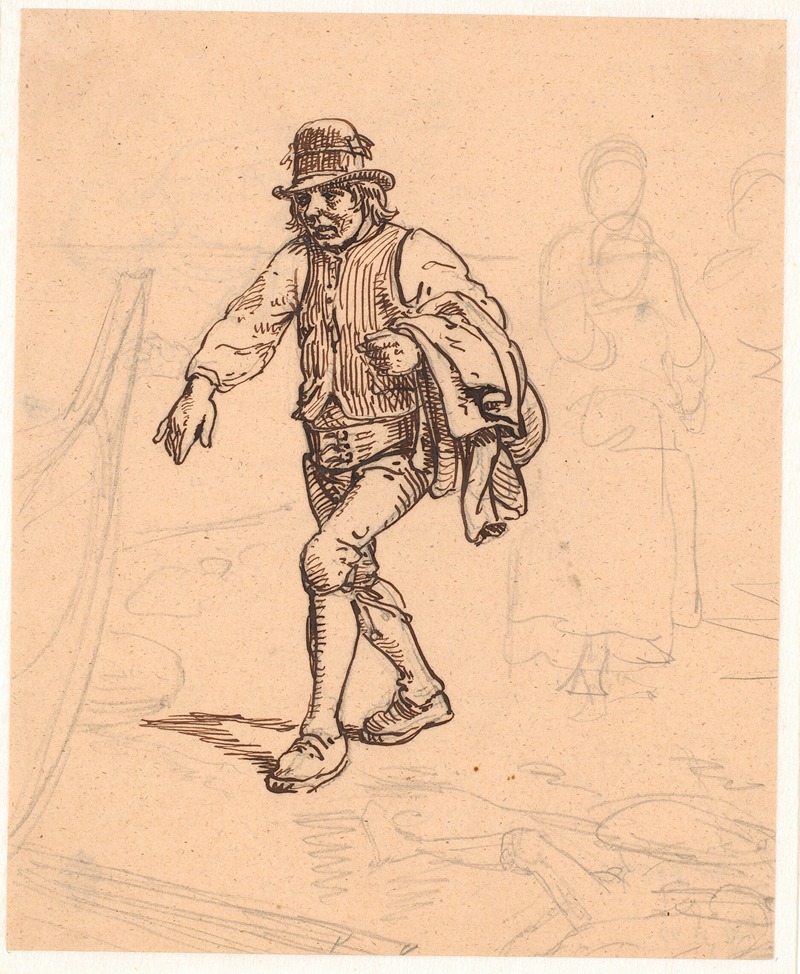
Dalkarl går mod båden til kirkefærden
A hand-painted replica of Wilhelm Marstrand’s masterpiece Dalkarl går mod båden til kirkefærden, meticulously crafted by professional artists to capture the true essence of the original. Each piece is created with museum-quality canvas and rare mineral pigments, carefully painted by experienced artists with delicate brushstrokes and rich, layered colors to perfectly recreate the texture of the original artwork. Unlike machine-printed reproductions, this hand-painted version brings the painting to life, infused with the artist’s emotions and skill in every stroke. Whether for personal collection or home decoration, it instantly elevates the artistic atmosphere of any space.
Wilhelm Marstrand was a prominent Danish painter of the 19th century, known for his vivid and lively depictions of everyday life, as well as his historical and genre paintings. One of his works, "Dalkarl går mod båden til kirkefærden," exemplifies his skill in capturing the essence of cultural and social scenes.
"Dalkarl går mod båden til kirkefærden," which translates to "Dalkarl Goes to the Boat for the Church Journey," is a painting that reflects Marstrand's interest in the customs and traditions of Scandinavian life. The term "Dalkarl" refers to a man from Dalarna, a historical province in Sweden known for its rich folklore and cultural heritage. This region has often been romanticized in art and literature for its picturesque landscapes and traditional way of life.
The painting depicts a scene where a Dalkarl is making his way towards a boat, presumably to attend a church service. This journey to church by boat was a common practice in regions with numerous lakes and waterways, where water transport was often more practical than traveling by land. The scene captures the essence of community life and the importance of religious and social gatherings in rural Scandinavian societies.
Marstrand's work is characterized by its attention to detail and the ability to convey a narrative through visual elements. In "Dalkarl går mod båden til kirkefærden," he uses a combination of color, light, and composition to draw the viewer into the scene. The painting likely features elements typical of Marstrand's style, such as expressive figures, dynamic movement, and a keen observation of human interactions.
Wilhelm Marstrand was born in Copenhagen in 1810 and studied at the Royal Danish Academy of Fine Arts. He later traveled extensively in Europe, particularly in Italy, where he was influenced by the works of the Renaissance and Baroque masters. Marstrand's exposure to different cultures and artistic styles enriched his own work, allowing him to bring a unique perspective to his depictions of Scandinavian life.
Throughout his career, Marstrand received numerous accolades and held several prestigious positions, including a professorship at the Royal Danish Academy. His contributions to Danish art were significant, and he played a key role in the development of genre painting in Denmark. Marstrand's ability to capture the spirit of his subjects with warmth and humor made his works popular both during his lifetime and posthumously.
While specific details about "Dalkarl går mod båden til kirkefærden" may not be extensively documented, the painting remains an example of Marstrand's dedication to portraying the cultural narratives of his time. His works continue to be celebrated for their artistic merit and their ability to provide insight into the social and cultural fabric of 19th-century Scandinavia.
Marstrand passed away in 1873, but his legacy endures through his paintings, which are housed in various museums and collections, including the National Gallery of Denmark. His work remains a testament to his skill as an artist and his deep appreciation for the everyday lives of the people he depicted.





